
An evergreen family checklist for music festivals—what to pack, where to sit, and how to protect kids’ ears.
Festivals are exciting for families, but amplified sound, crowds, and long days can strain young ears and energy. This guide helps you plan a smoother day out—fit kids’ earmuffs correctly, choose safer spots, and keep breaks predictable.
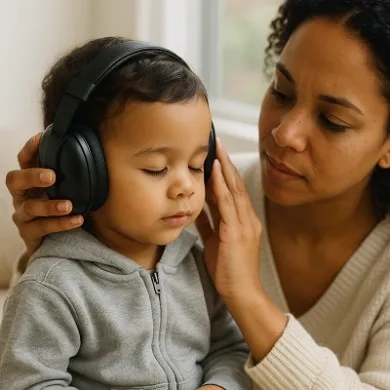
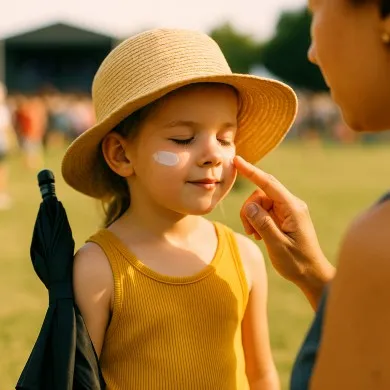
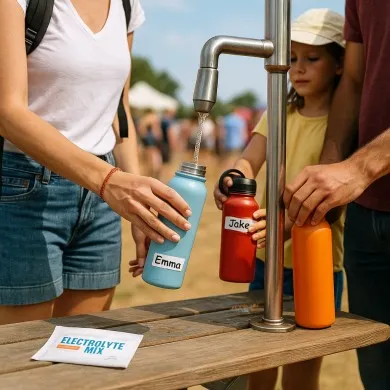
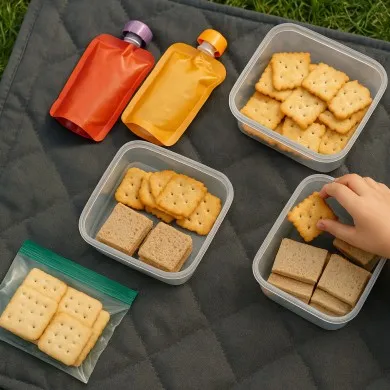
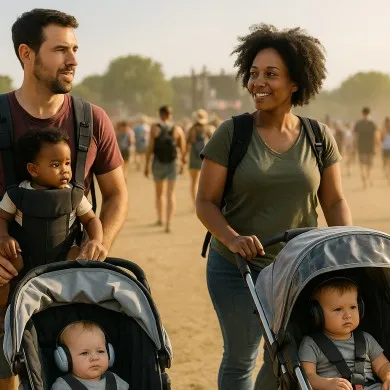
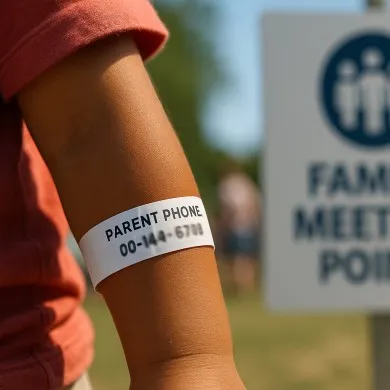
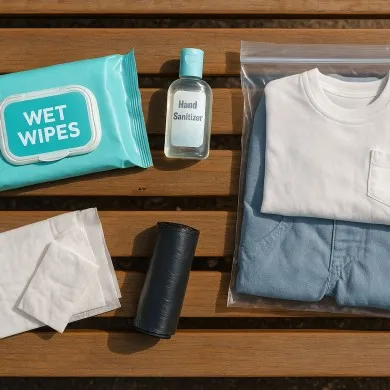
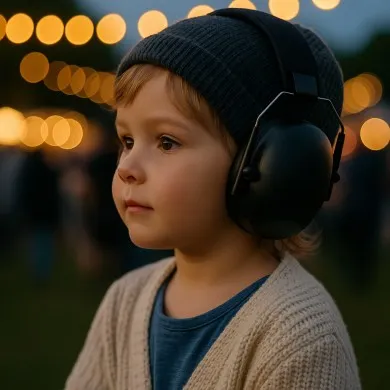
Use these quick rules to reduce exposure without missing the show.
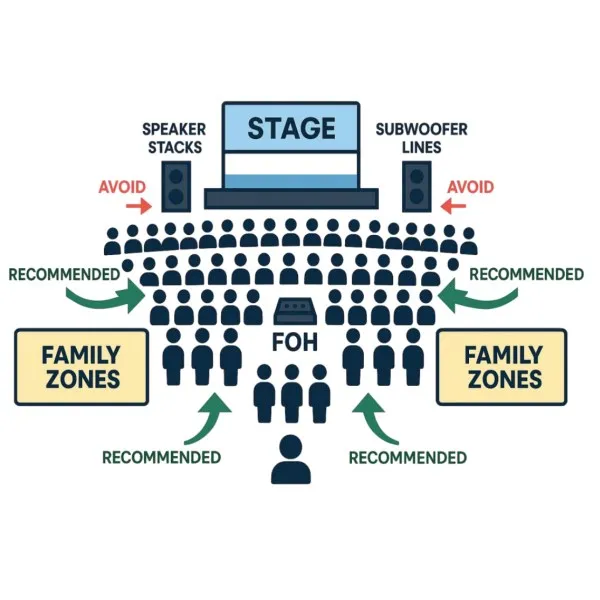
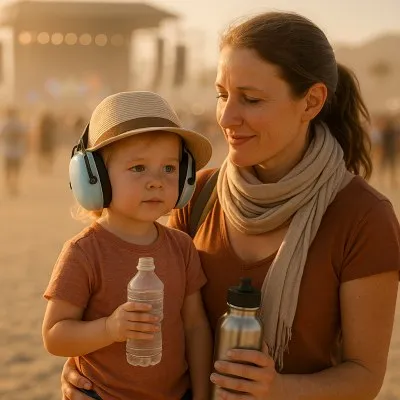
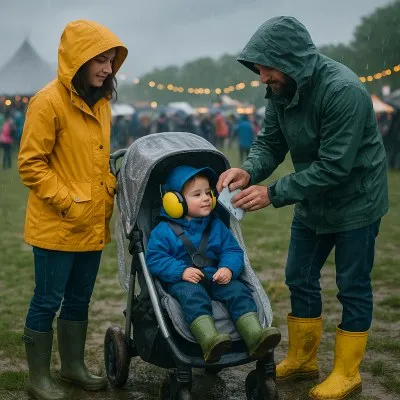
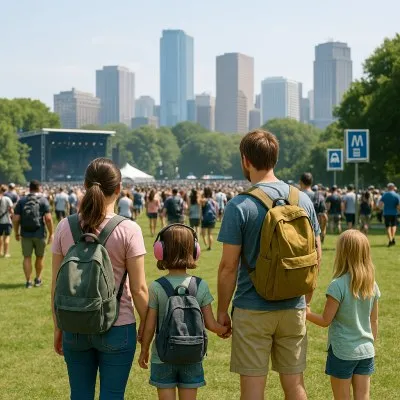
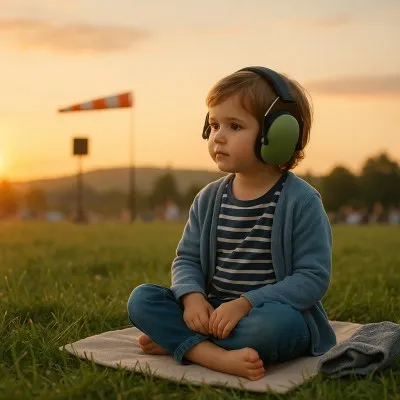
Choose the right age range model and adjust the headband so cushions sit centered over the ear. Smooth hair away from the seal and check for even pressure without pinching. If outside sound feels comfortably reduced while the child’s own voice remains audible, the seal is likely good.
Earmuffs are easier to fit correctly on small ears and don’t go inside the ear canal. For very noisy sets, earmuffs are the first choice. If an older child accepts earplugs, you can combine plugs plus muffs briefly for particularly loud acts, with supervision.
NRR is a lab number; real-world protection depends on fit and behavior. For toddlers, a well-fitted kids model around 20–27 is a practical start. For older children, step up as needed but prioritize comfort so they keep muffs on consistently.
Plan breaks. If ears feel warm or the child seems fidgety, take a quiet pause, check the seal, and reset. Comfortable, consistent wear during louder sets is the goal.
They refer to the same type of hearing protection. “Ear defenders” is more common in the UK.
Great family festival days come from planning for noise, sun, and breaks. Put earmuffs high on the list, fit them well, and build gentle rhythms into the day. Kids enjoy more when their ears and energy are protected—and parents do too.